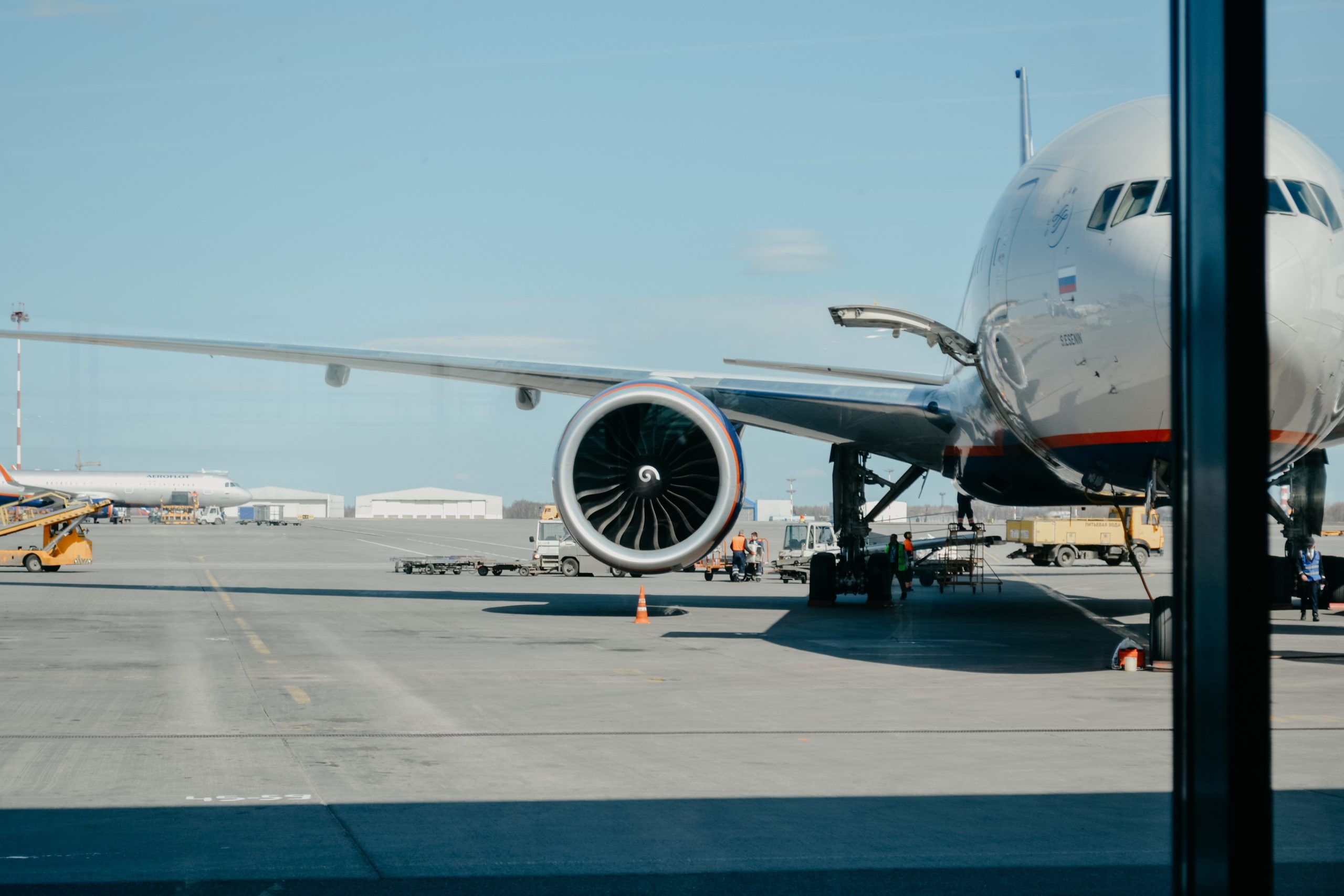The ancient Silk Route, originating as far back as 200 BC, has a historic and cultural importance for the Asian Region. China is devoted to reviving the ancient Silk Route in the form of the Belt Road Initiative (BRI). Although the BRI is based on land and maritime trade routes, there is also a “sky route” that is commonly referred to as Aviation Silk Route (ASR).
Specifically, the ASR comprises the aerospace infrastructure being developed as part of Belt Road Initiative. The ASR has however drawn lesser attention than it deserves. It is one of the building blocks and an air bridge integrated into the larger BRI architecture aimed to compliment the maritime and road silk routes. But as modernized connectivity is scaling new heights, the Aviatic Silk Road should not be sidelined.
The International Air Transport Association (IATA) predicts that the next decade of economic growth and stable fuel prices will drive industrial and cargo growth by an exponential rate. On a similar note, World Airport Economic Report 2019 affirms that air transport demand will rise from the developing economies especially from the South Asian and Asia Pacific region. Based on predictions of various aviation sector experts, a link between fuel prices, robust industrial performance, global trade and cargo will demand connected infrastructure of airports in the region.
China has signed over 50 projects directed towards building aviation projects with some connection to the BRI. To facilitate the projects, bilateral air transport agreements between China and 60 countries have been initiated (even with non-member countries). Around 43 of these countries already have airlines departing and arriving to and from China.
Significantly the ASR is tilted towards regional development, and then extended towards the world. Asian, European and African regions are the priority of BRI’s Aviatic Silk Road.
In 2018, CAPA – Centre for Aviation’s Airport Construction Database, gathered the data on the Chinese investments on airports in BRI participating countries. According to the database, China has invested in building the ASR in Central Asian States, at the crossroads of Europe, along the maritime route in the Indian Ocean, as well as on strategically significant locations on the African continent.
Specifically, in Central Asia, six projects in Kazakhstan are underway that cover airport reconstruction and cargo terminals. Four airport projects in Kyrgyzstan that are scheduled for completion in 2022. These projects lay emphasis on reconstruction of terminals and their expansion projects. Uzbekistan is also at a similar page with two airport upgrade projects in process. In Tajikistan, the focus is on the construction of new freight terminal for cargo.
On the European end, ASR is concentrated more so in the Eastern Europe region. New Istanbul Airport in Turkey shall serve as one of the major airports on the BRI. It is considered a bridge between two major trading continents. Another airport that China has invested in is Belarus, where one significant airport infrastructure is under construction. Chinese investment for ASR is also eyeing Georgia for trans-continental connectivity.
South Asian states can also become major participants of the ASR. For example, Sri Lanka is receiving generous investment from the Chinese, and its second international airport will serve as a significant point of connectivity.
In Pakistan, Chinese investment is directed towards Gwadar International Airport, encompassed within China Pakistan Economic Corridor project. The airport is located on the southern tip of the country sliding into the Persian Gulf and Indian Ocean, making it a useful connecting zone between the Middle East and Asia.
In addition, the PAF’s Aviation City at Kamra also offers a useful location for establishing a linkage with the ASR, as a large amount of investment is going to be made to strengthen the Aeronautical Complex’s existing industrial capabilities, and an aerotropolis model can be deployed here.
According to the 13th Five-Year Plan, general airports within mainland China will reach 740 in next ten years, stated the chief strategist of Guangdong Longhao Aviation Group. These significant airport reconstructions, renovations, freight terminal construction as well as new airport projects designed under ASR, will enhance connectivity infrastructure not only within the region but also provide a route for the Global South to integrate its local economies with the Global North.
Nonetheless, Aviatic Silk Road is not free of some hurdles in turning the vision into reality.
Firstly, a turbulent security environment can cause unwanted delays in the projects.
Secondly, a lack of cooperation among stakeholders, and vested national interests can challenge the durability of the Aviatic Silk Road. Thirdly, due to low connectivity within the region, it can be challenging to break the ice of trust between some countries (particularly in Central Asia). Lastly, a lack of government initiative can delay the potential for taking advantage of the ASR.
However, ASR is an opportunity of South-South cooperation. As the neoliberal era has pushed countries towards interdependence, it is important to keep pace with this advancement. Aviatic Silk Road can serve as an air bridge connecting the same regions that the BRI route shall connect by land. This is a leap forward in development not only targeted for a specific group of countries but rather for several continents together.
The writer is a research fellow at Centre for Aerospace and Security Studies. This article was first published in DailyNHT newspaper. She can be reached at [email protected].





